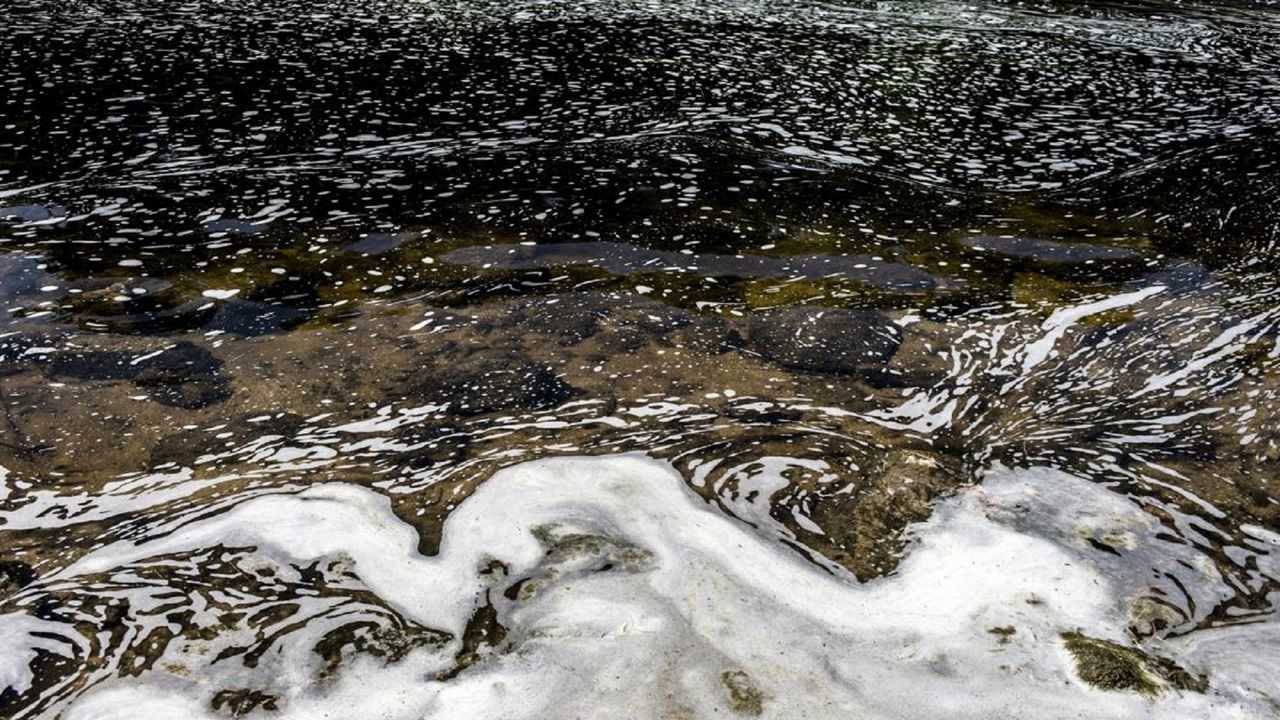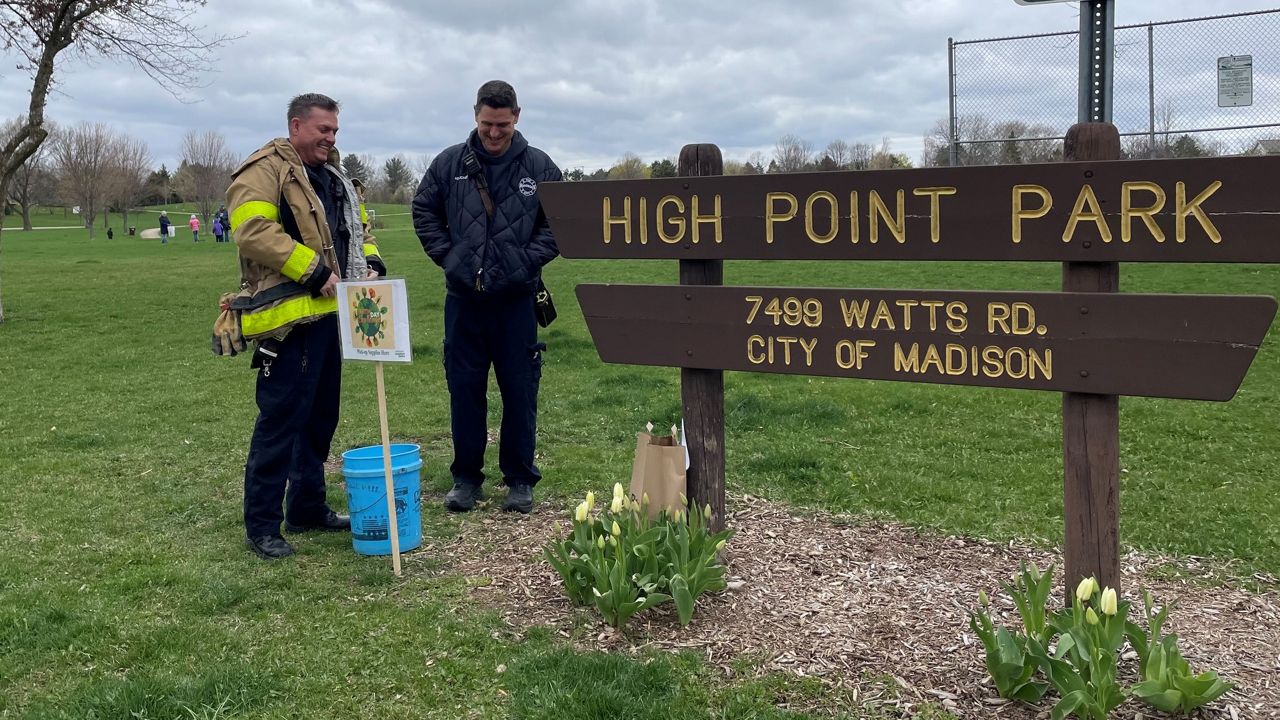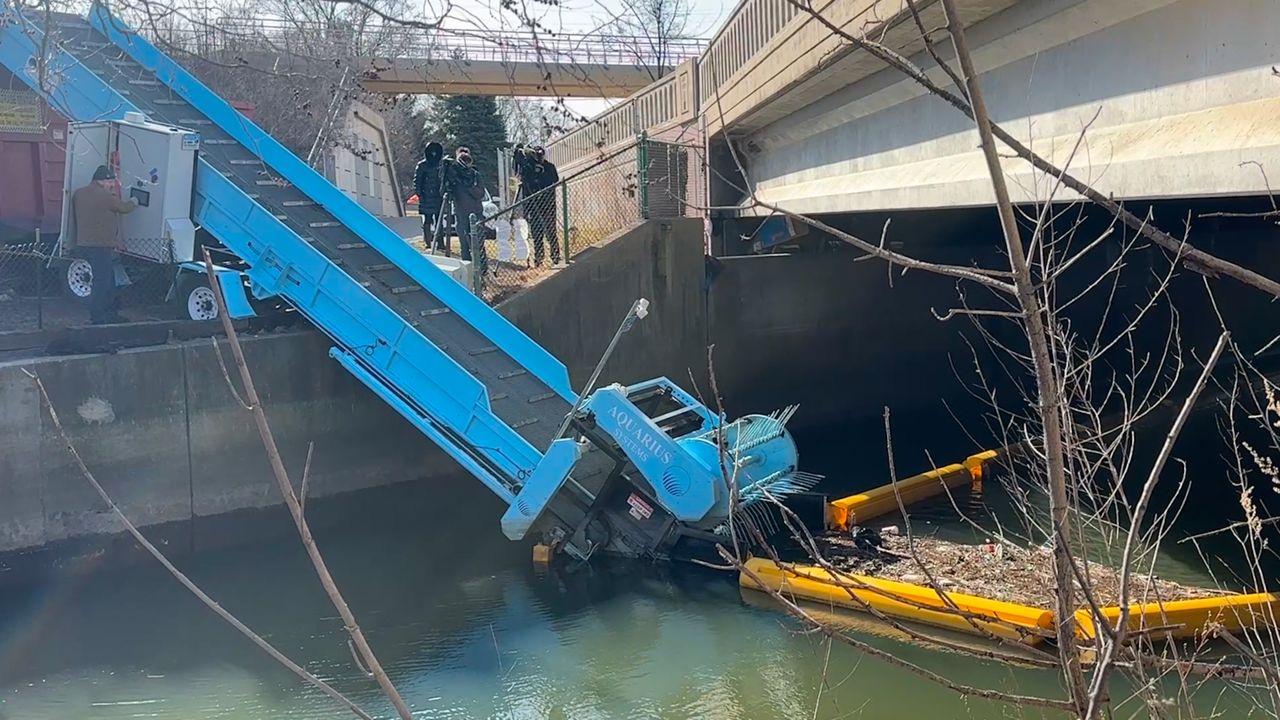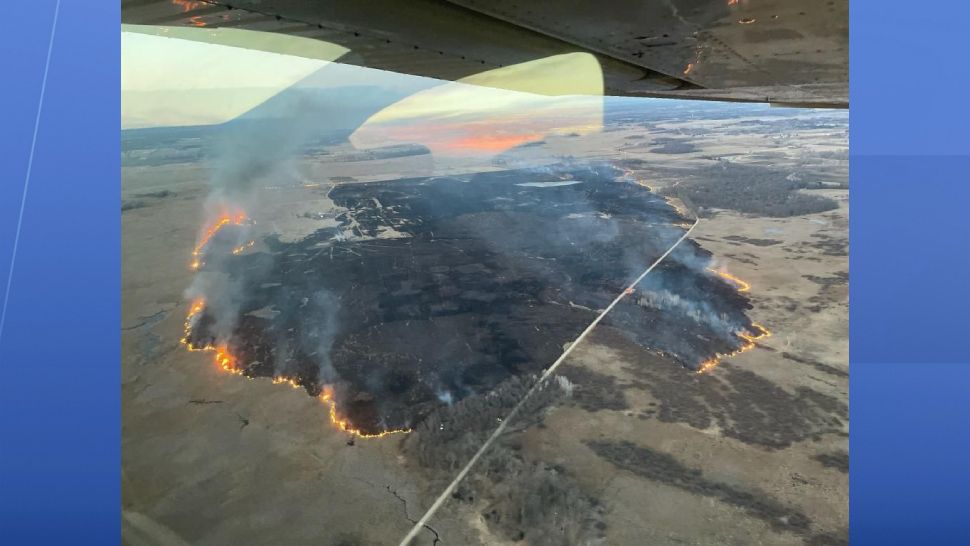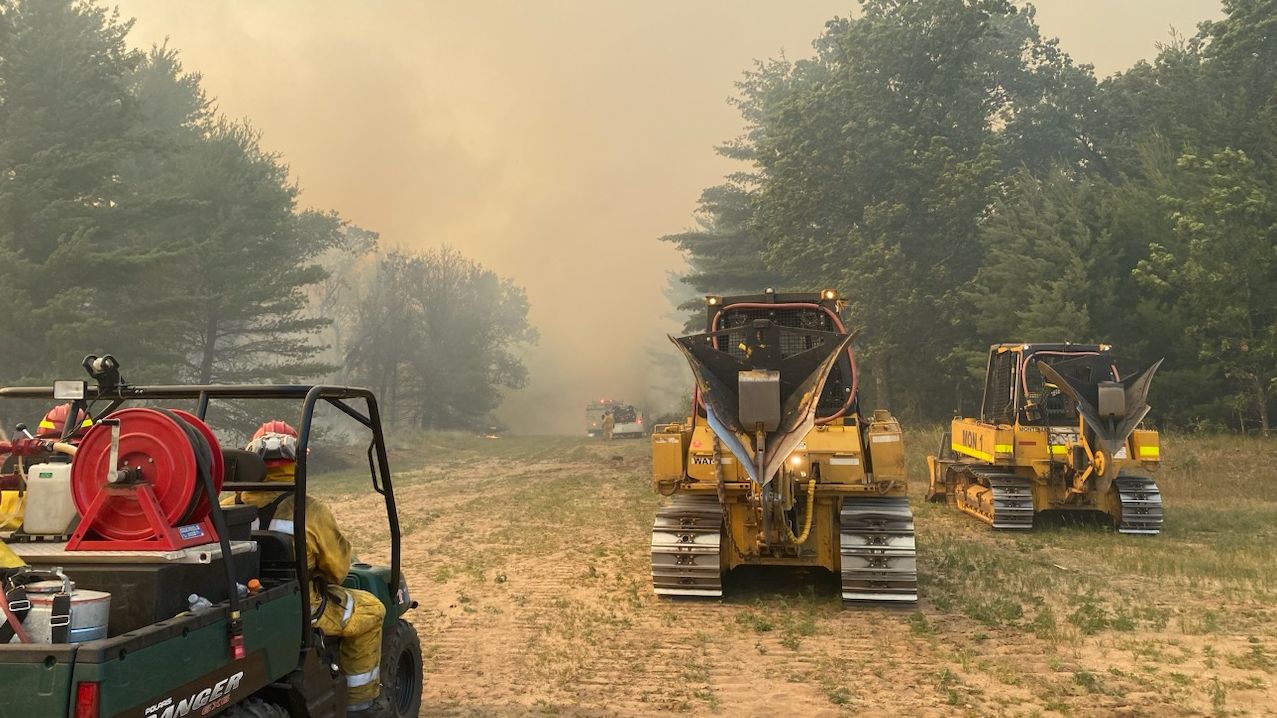WISCONSIN — A new tool is available to help community leaders and officials address contaminated drinking water.
The toolkit — Wisconsin’s Community Response to PFAS in Drinking Water — was released by the Wisconsin Department of Natural Resources, the Wisconsin Health Department and Wisconsin Emergency Management.
It’s specifically aimed at PFAS contaminated water.
“Everyone should be able to drink clean water and PFAS contamination is a growing concern,” said DNR Secretary Adam N. Payne. “Everyone should be able to drink clean water and PFAS contamination is a growing concern,” said DNR Secretary Adam N. Payne. “We’re pleased to provide this resource to residents, community leaders and elected officials so they can get assistance and we can work in collaboration to problem-solve.”
When PFAS is found in drinking water, it’s up to the community or private well owners to choose what steps to take, “based on their unique needs and circumstances.”
Even though private well owners are not required to sample their water for contamination, funding is available to them should they find PFAS in their water via the Well Compensation Grant Program. The grant can offset costs for "replacing, reconstructing or treating contaminated private water supplies.”
Communities also have access to monetary assistance. Federal funding is available through the Bipartisan Infrastructure Law. Money can be utilized “for projects such as creating new public drinking water systems or helping existing systems upgrade wells or treatment technology.”
The toolkit offers background information on PFAS in both public and private drinking water. It also lays out options to consider if PFAS is detected, as well as how to get in touch with local agencies to get help. DNR, DHS and WEM are able to provide assistance as communities consider their next steps.
The DNR created the toolkit by collaborating with local communities that have already been impacted by PFAS in an effort to make sure it’s useful to others who need it.
“This resource is part of an ongoing effort to put tools and information into the hands of communities so they are informed, prepared and empowered to act if PFAS are detected,” the DNR said.
Additionally, PFAS sampling results for public drinking water systems around the state are available to the public through the Interactive PFAS Data Viewer. The interactive map also highlights places around the state that PFAS has impacted, utilizing DNR data.
Aly Prouty - Digital Media Producer
Aly Prouty is a digital producer for Spectrum News 1 Wisconsin, Ohio and Kentucky. An award-winning, multimedia journalist, she holds an honors B.A. in journalism from Marquette University and an M.A. in journalism and media studies from The University of Alabama.





